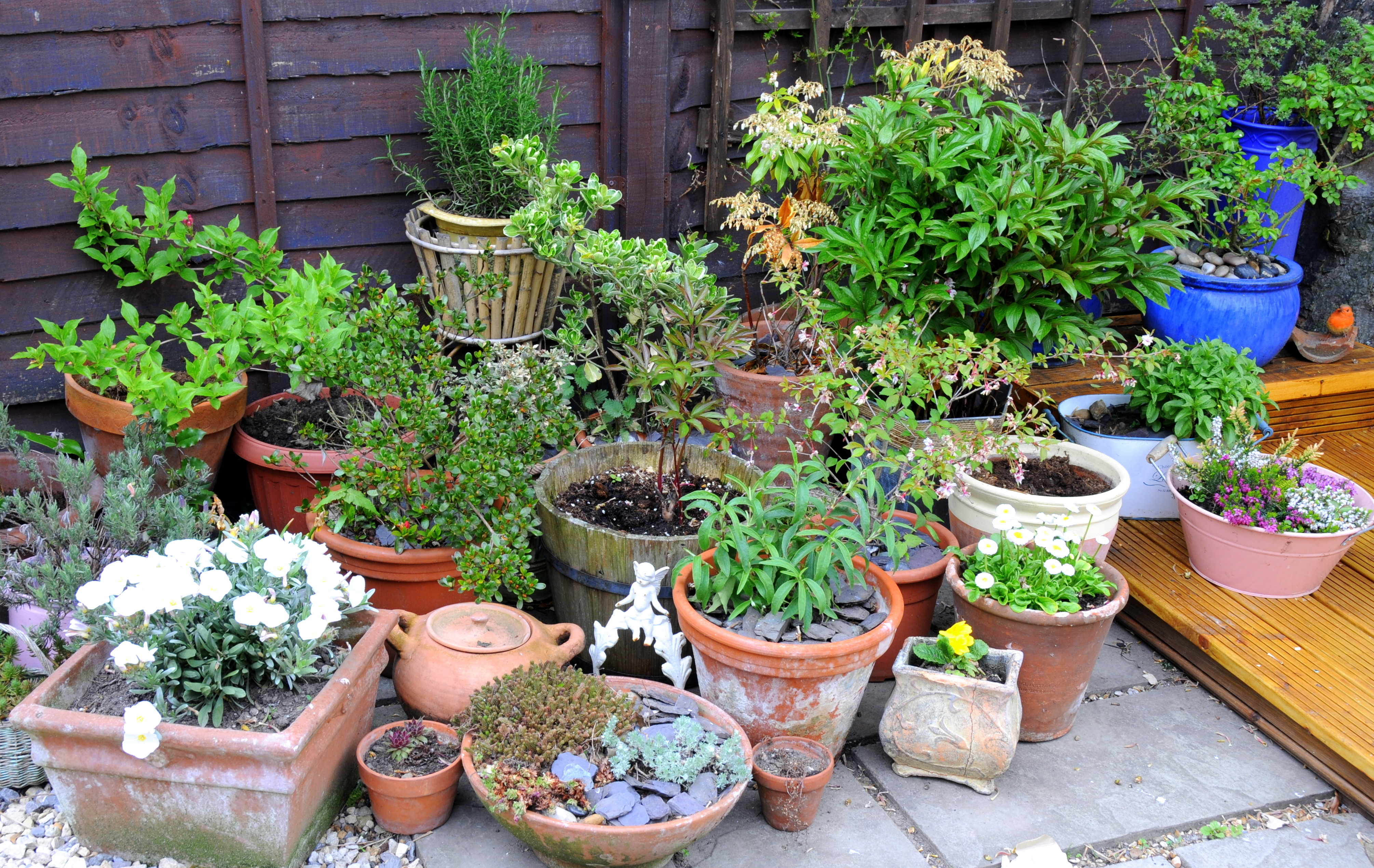Gardening is an excellent exercise for seniors. It is a pastitime that can nurture the body, the mind as well the spirit. So, here are some tips you should follow when gardening.
Warm Up Before You Start Gardening
Warm up before you start working in the garden, just like you would with any other sort of exercise. Stretch your legs, arms, and hands before you begin so they are ready for the labor ahead.
Note: Before gardening, you should spend at least 5 to 10 minutes warming up.
Work on the Garden on a Regular Basis

You should exercise in the garden on a regular basis to improve your health. Working in your garden for many hours each week, for example, 30 minutes per day, can provide you with much-needed regular exercise.
Every day, 30 minutes of moderate exercise can help decrease your blood pressure and cholesterol. It can also help prevent diabetes and heart disease and reduce the progression of osteoporosis.
Change Your Motions
It’s a good idea to vary the sorts of exercises you do when exercising in the garden, just like you would with any other type of exercise if you have a range of activities to accomplish in the garden, set aside a specified amount of time for each and then cycle between them, even if you don’t finish a task in your allotted time.
This variety in chores can be especially beneficial if you have one that is physically demanding, such as kneeling to weed flower beds. Weeding for 15 to 20 minutes at a time and then resting to do anything else can help you prevent discomfort or overexertion.
Bending and Lifting Should Be Done With Caution
Lifting and stretching must be done with care and attention when working in the garden. When transferring big sacks of dirt or fertilizer, for example, practice good lifting techniques. This requires relying on your leg strength rather than your back muscles.
Additionally, when feasible, squat rather than kneel, preserve the natural curve of your spine, and avoid twisting while carrying large items.
Put Out Some Effort

Gardening counts as exercise if you elevate your heart rate and exert some physical effort while doing it. This implies that simply standing about watering does not qualify as exercise.
Digging, raking leaves, weeding, mowing, and stirring a compost pile are all good ways to get your heart rate up in the garden.
Use a push mower instead of a gas or electric mower to put forth more work when mowing.
Choose a Wide Range of Plants to Cultivate

When designing your garden, use a range of plants that will improve your health and diversify your diet. Increasing biodiversity in your yard is another approach to being environmentally conscious and sustainable.
Tomatoes, lettuce, peas, beans, squash, and cucumbers are some veggies that are generally easy to cultivate, depending on your environment. If you’re new to gardening, start with a couple of these.
Growing other herbs, such as chives and thyme, may also be fairly simple. These herbs can significantly improve the flavor of the veggies you plant.
And, remember, when designing your garden, you should consider your soil, the light exposure of your garden, and the climate.
Make Plans for the Various Growth Seasons
Aside from cultivating a variety of plants, you must also figure out when specific plants should be planted and cultivated. There are precise seasons when fruits and vegetables should be planted in order to thrive optimally. This implies that you will have numerous planting cycles every year, often in the early spring and early fall.
Many plants, such as tomatoes, squash, and maize, must be planted after the last frost in the spring. Some plants, such as spinach, lettuce, radishes, and beets, can endure late winter and early spring frosts.







Great article.